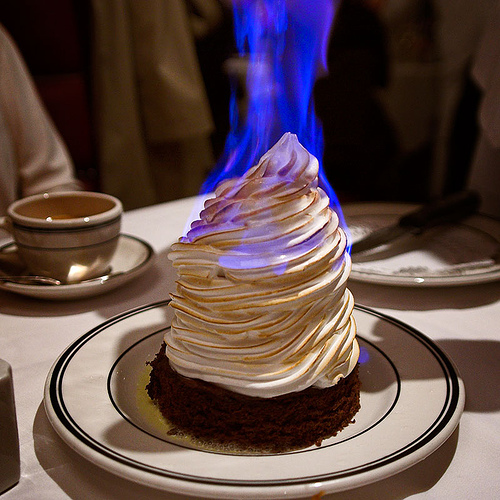Summers coming! Today, I'm sharing my favorite summer time food! Baked Zucchini Sticks and Sweet Onion Dip!
First, we’re going to examine our zucchini facts:
•Zucchini is always at the end of any A-to-Z food list;
•Zucchini and fruitcake are the undeserving targets of many a joke;
•The zucchini plant literally grows like a weed, making it absolutely ubiquitous in vegetable gardens across America;
•And for that reason, enterprising cooks have discovered ways to turn it into muffins, and cake, and pancakes, and… Baked Zucchini Sticks.
First, find yourself 3 medium-size zucchini, about 9″ to 10″ long. That won’t be hard in the summer. Don’t be tempted
to use those baseball-bat-sized zucchini though; you want small, slim zucchini for this recipe!
Cut each zucchini into 3″ sticks about the diameter of your finger.
Cutting each zuke into 9 sticks lengthwise, then cutting into 3″
lengths, works well.
Place the zucchini sticks in a colander over a bowl, and sprinkle
with 1 tablespoon of salt. Let them drain for 1 hour or longer.
While the zucchini are shedding their excess liquid, make the dip.
First, melt 1 tablespoon butter in a medium-sized frying pan over
moderate heat, and add 1 medium sweet onion (about 1/2 pound), sliced.
Cook, stirring occasionally, until the onion softens, then
caramelizes. This should take between 20 and 25 minutes, at medium-low
heat. The lower the heat, the longer it takes, but the less likely you
are to burn the onions.
When the onions are medium brown, remove them from the heat.
Place the following in a small food processor or blender:
all of the caramelized onions
2 tablespoons cider vinegar
2 tablespoons honey
1 tablespoon prepared mustard
Process until fairly smooth.
Remove from the processor, and stir in 1 cup mayonnaise.
The resulting 1 1/2 cups dip can be used not only for these zucchini sticks, but as a tasty sandwich condiment.
Note that I’ve purposely not added any salt to the dip. I find that
the zucchini sticks themselves, with the salt you added to drain them
and the addition of Pizza Seasoning, are plenty salty. If you plan on
using this dip for another purpose, you might want to add 1/4 teaspoon
salt.
OK, back to the zucchini. See how they’ve started giving up liquid?
Rinse them thoroughly; you want to get rid of any excess salt. Then pat them dry.
Next up: the bread and cheese coating. But first, preheat the oven to
425°F. Line a baking sheet with parchment, and spray the parchment with
olive oil or PAM, or whatever!
Combine the following:
1 cup Panko bread crumbs
scant 1/2 cup freshly grated Parmesan cheese
1 tablespoon Pizza Seasoning or mixed Italian herbs
Mix until thoroughly combined.
Beat 2 large eggs; or pour 1/2 cup egg substitute into a dish. You’re going to dip each zucchini stick in the egg… …then roll it in the crumbs...one by one. If not, the dry mixture will get some much egg in it that it will just turn into clumps!
Place the sticks on the prepared baking sheet.
Bake the sticks for about 12 minutes, until they’re starting to
brown. Remove from the oven, and turn them over; you may actually need
to do this one by one, or you may be able to turn several at a time
using a spatula. Bake for an additional 12 to 16 minutes or so, until
golden brown and crisp.
Bottom line, bake until the sticks are a speckled golden brown…
Now, put the sticks on a plate, the dip in a nice bowl…enjoy!







